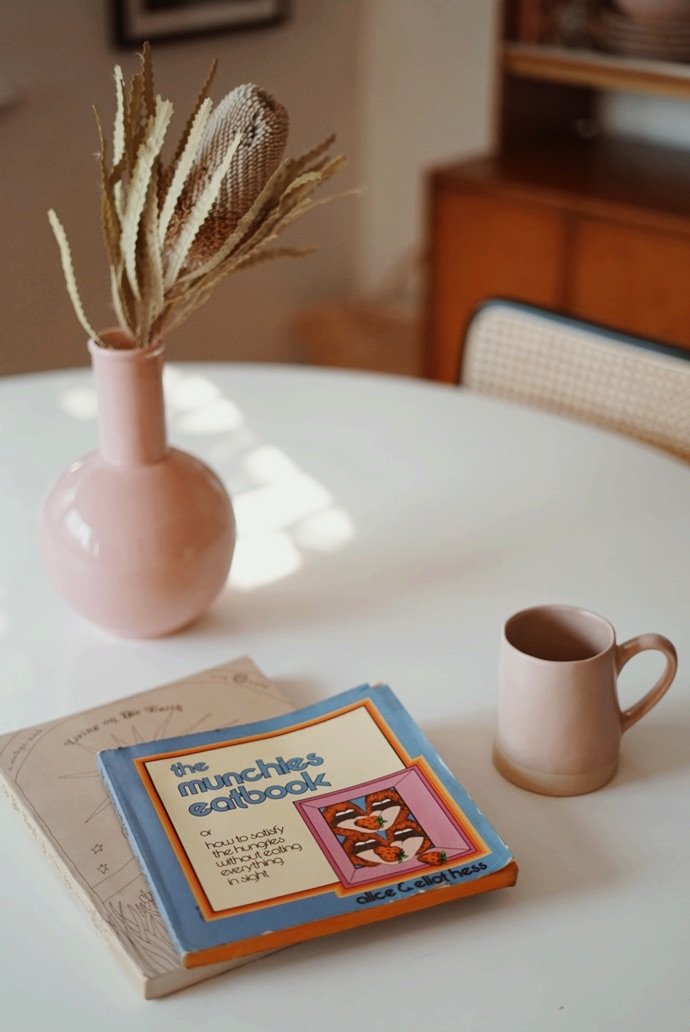When I was newly pregnant with my first, I remember feeling overwhelmed by the number of children’s toys that were available. I was also disappointed in how many of them felt like a waste. That was until I discovered Radua Grez—a line of handcrafted wooden toys made in Russia. They’re incredibly beautiful and they encourage children to use their imaginations. I appreciate that the toys are made thoughtfully with a child’s creativity in mind. Plus, they look great displayed in your home. I’ve been eager to speak to the founder, Inna Prokhorova, for years. She is continually inspiring me with her innovative approach to her designs. Her love of nature and color are apparent in her work. I’m thrilled to share Inna’s interview with you. Be warned: you may be influenced to buy a bunch of her toys even if you don’t have any children!
Occupation: Founder and designer of Raduga Grez
Currently residing: Krasnaya Polyana
IG handle: @Raduga_Grez @innatulpina

You and your family live in a small village in the mountains of Russia. Can you tell us about where you live and how it influences your work?
We left the Moscow capital and moved to Krasnaya Polyana four years ago. Now we live in a small village in the mountains. The population here is about 5,000 people. We have one fruit and vegetable kiosk, one coffee shop, three stores and five cafes. But there are so many mountain paths and rivers here. If you drive 30 minutes by car, you’ll get to the coast of the Black Sea. I really like slow life and mountains, which teach me to look not only forward but up, too. I don’t get distracted by the noise of the city, all distances are small and I can find time for family, creativity and work.
How did your family get into the business?
When my eldest daughter was born, I managed to find beautiful clothes and furniture for her, but I couldn’t find toys that were open-ended and at the same time aesthetically pleasing. The thing which I disliked the most were those bright colors kids toys are made of. I wanted such toys that I myself would want to play with, that could look beautiful in the kids’ room. I was looking for manufacturers who could make custom-designed toys here in Russia but didn’t find any. And then we were introduced to a young man whose family’s been making matryoshka dolls in the third generation. They didn’t have materials and a place for work at a time, and their matryoshkas were not in great demand. So we bought materials, found a place and started working together. That’s how our toys are made by the third-generation toymaker’s family.

Your designs have a beautiful connection with rhythm, nature and the female body. How do these things inspire you? And how do you translate that inspiration into your designs?
All our toys I draw myself, so they are very personal. Nature calms down my restless thoughts. That’s why I make toys in the shape of forests, mountains and mushrooms. Also, sometimes maternity can be monotonous, so I try to surround myself and my kids with beautiful toys. They make my everyday mom routine more pleasant. I hope that our toys will help others to enjoy their mom’s time, too.
The Narcissus flower collection was inspired by childhood having a similarity to flowers. Where did you draw this connection from? What are your favorite flowers?
It seems to me that children don’t need toys, they need love. Our flower collection is about love. As every flower needs light, soil and water, every person needs love, care and air. I can not pick one favorite flower, I love diversity. The last bouquet I bought had peas, a raspberry brunch, tea roses, wheat, field flowers and narcissus flowers in it.

Color is very important for me. I always try to find the most complex and deep colors. Because the world is everything but never plain.

You use color in such a beautiful and meaningful way. What is your process when working with color?
Color is very important to me. I always try to find the most complex and deep colors. Because the world is everything, but never plain.
You worked in interior design before designing children’s toys. How does that influence your work?
I always try to make a toy look good in a child’s room. Even if the room is a mess and the floor is layered with toys, I want the toys to still be beautiful to the eye.

What does curiosity look like to you? How do you explore things you want to include in your collections?
I love books and art. When I was working on the flower collection, I consulted an art historian working in the Hermitage Museum about flowers in art and fashion. I read about tulip fever, watched photographs by Nick Knight, paintings by Ambrosius Bosschaert, fashion shows of Dolce & Gabbana and a documentary about Caravaggio’s works. I’m researching, processing and something’s coming out of it.

What does a typical day look like for you?
I wake up, cook breakfast and go for a walk with my youngest daughter Nina. My older children study at home, Nina sleeps and I work. Then we drive to the sea or river, come back home and I work a couple of hours. After that, I put aside my phone two hours before bedtime, I read to my children before sleep and read to myself.
What are some of your favorite books?
Emil in Lonneberga by Astrid Lindgren, because the boy is so similar to my son. This book helps me to smile and laugh through hard times. Eugene Onegin by Alexander Pushkin, War and Peace by Leo Tolstoy and The Painted Veil by W. Somerset Maugham.

What are five things you can’t live without?
A good book, coffee, a notebook with a pen and pencils, a rouge and a bottle of water.


